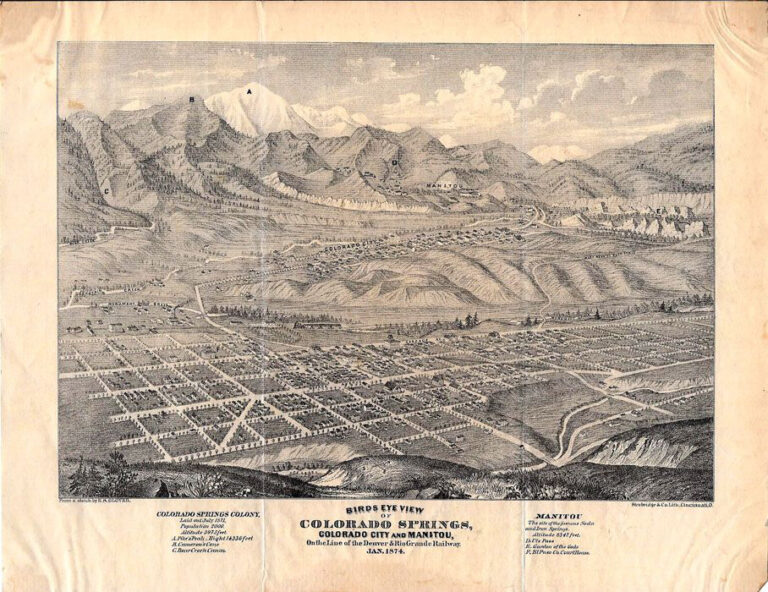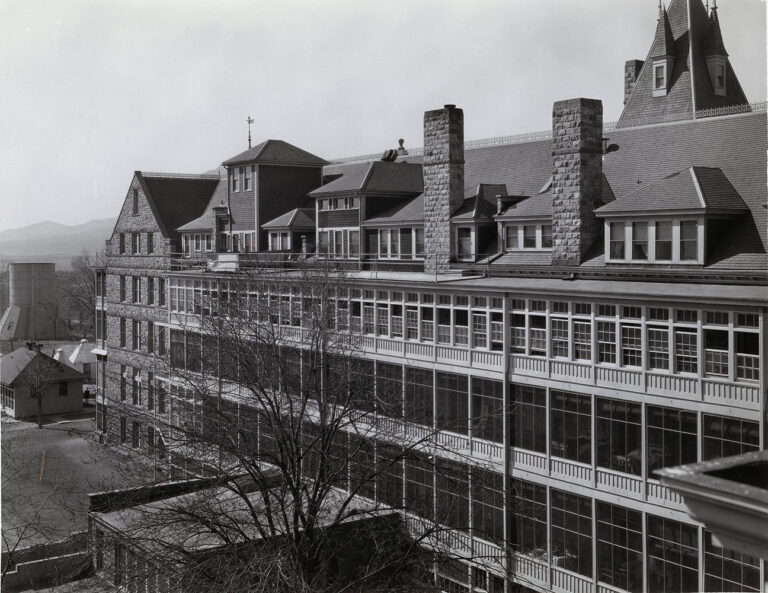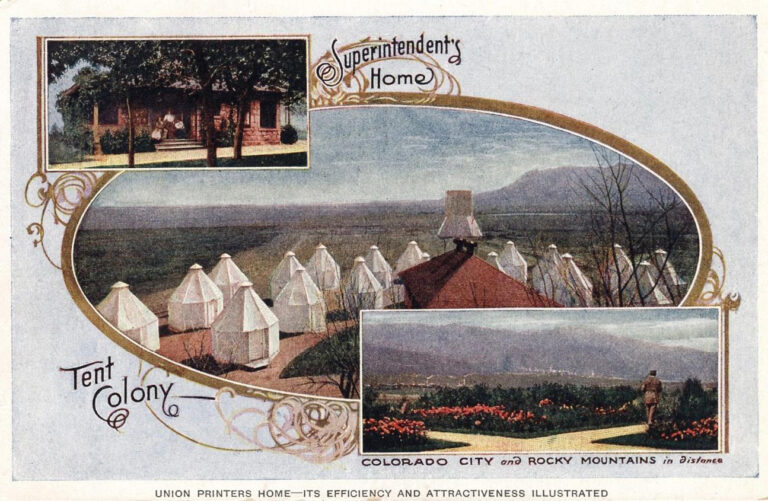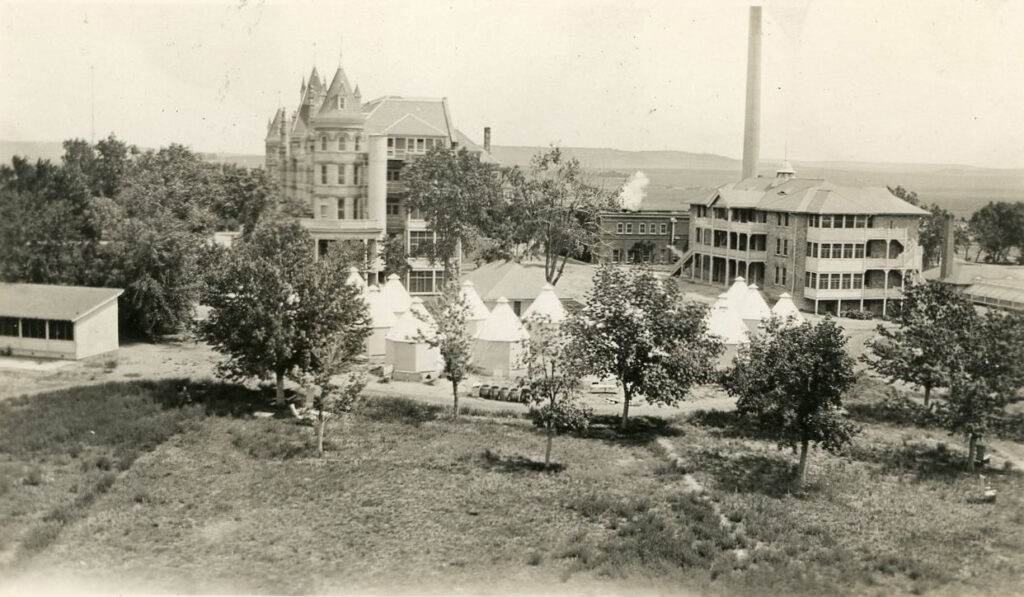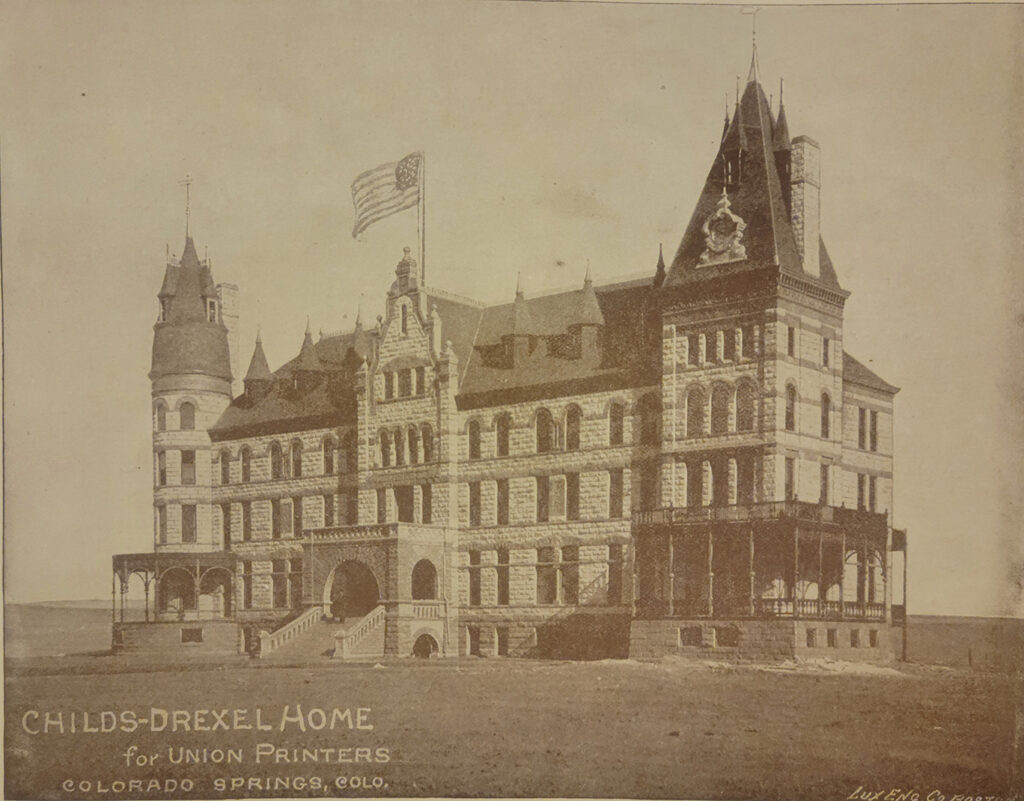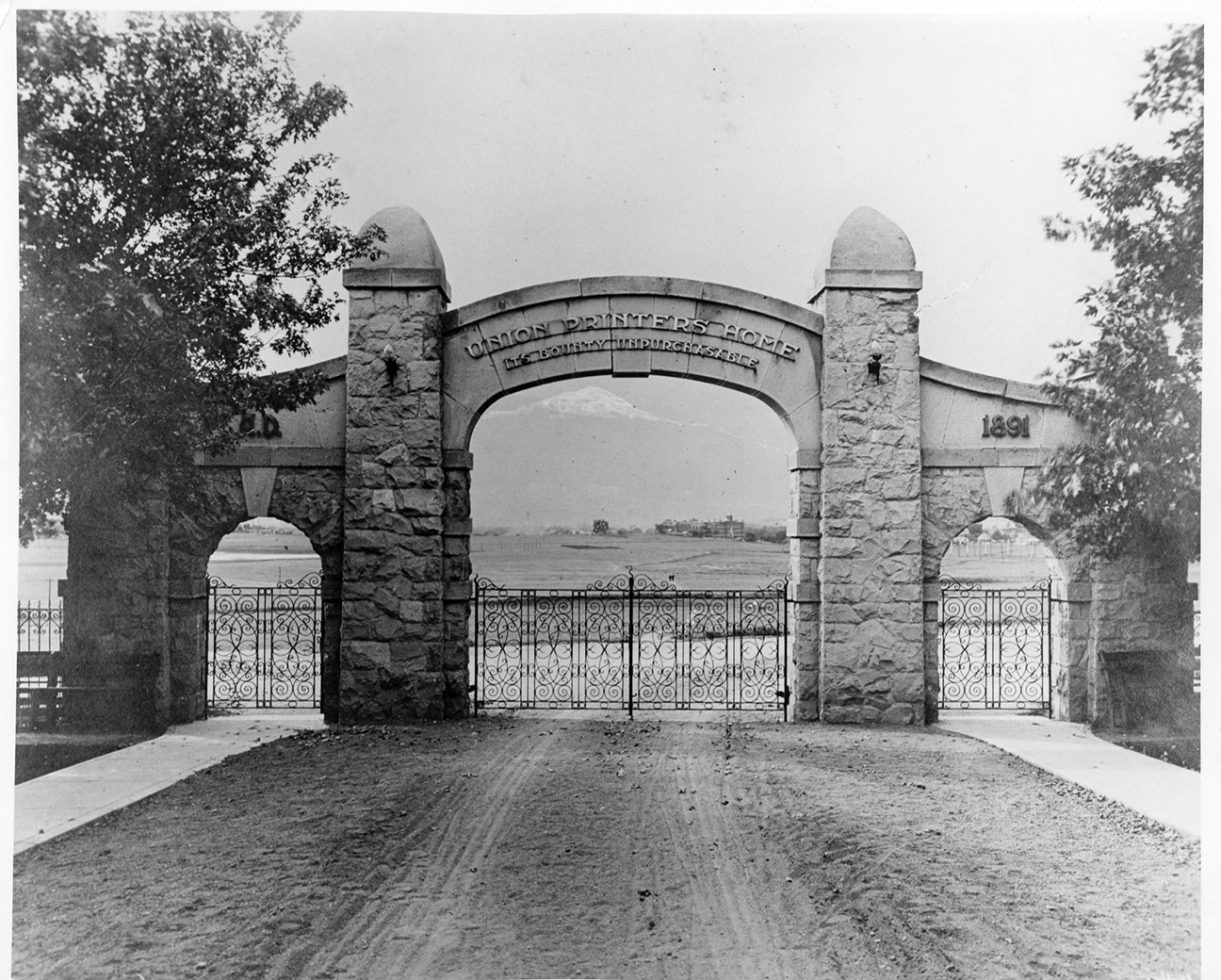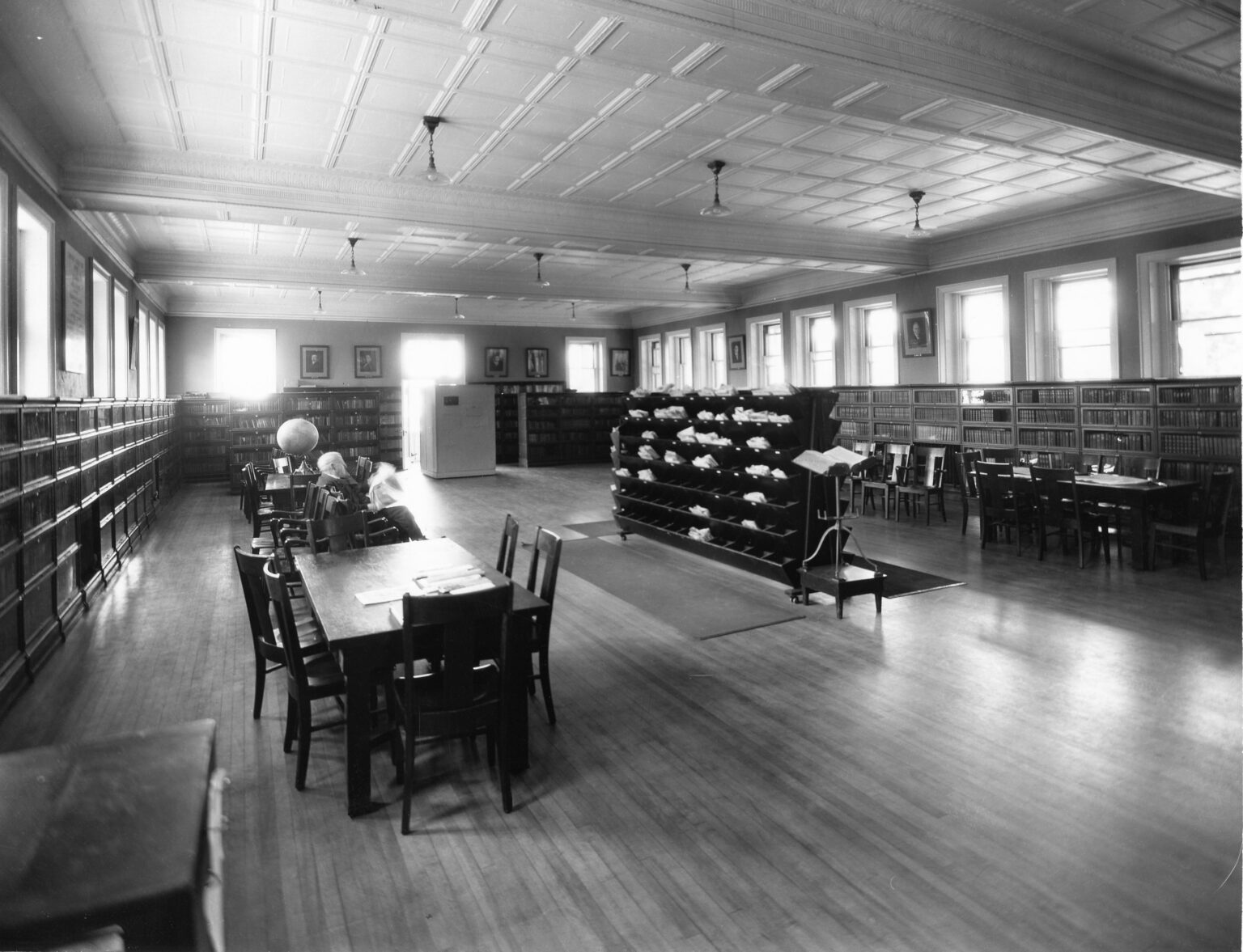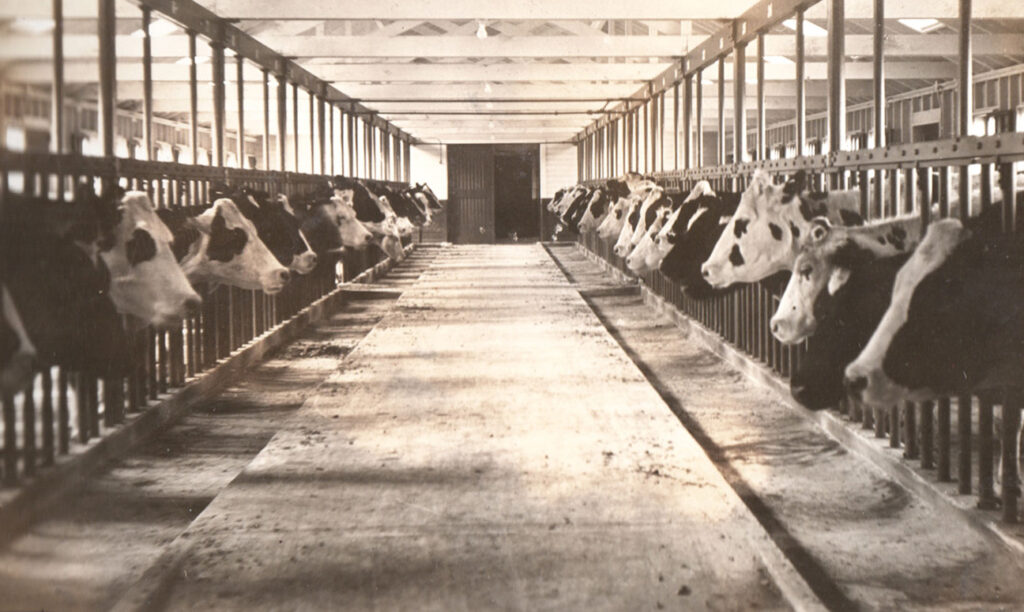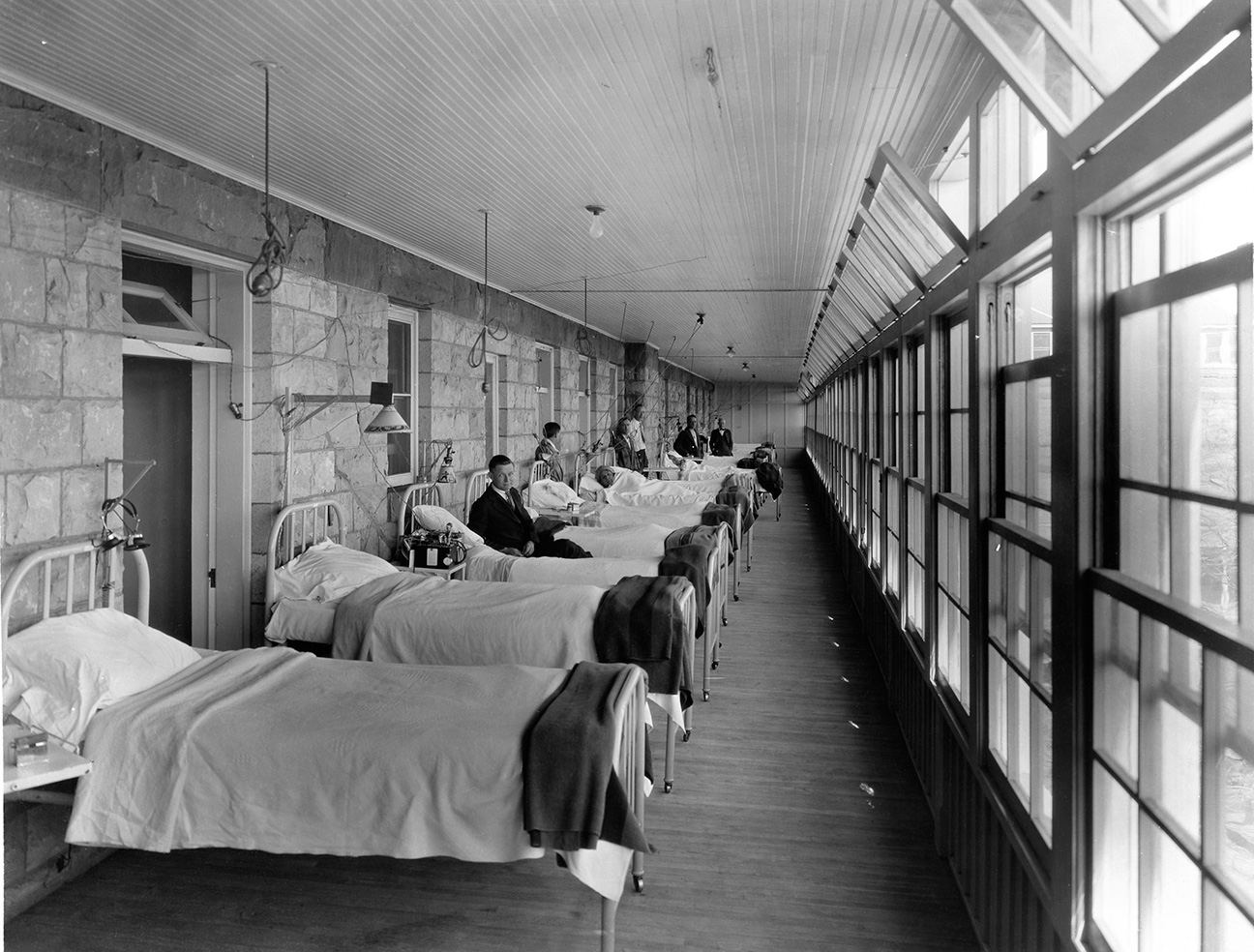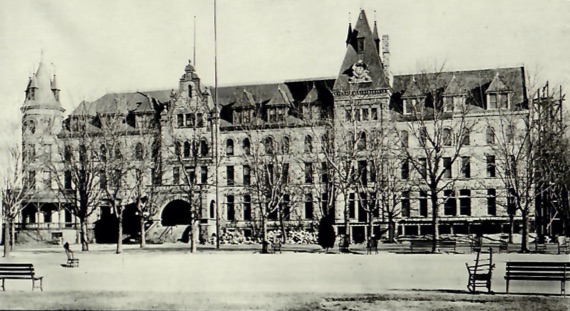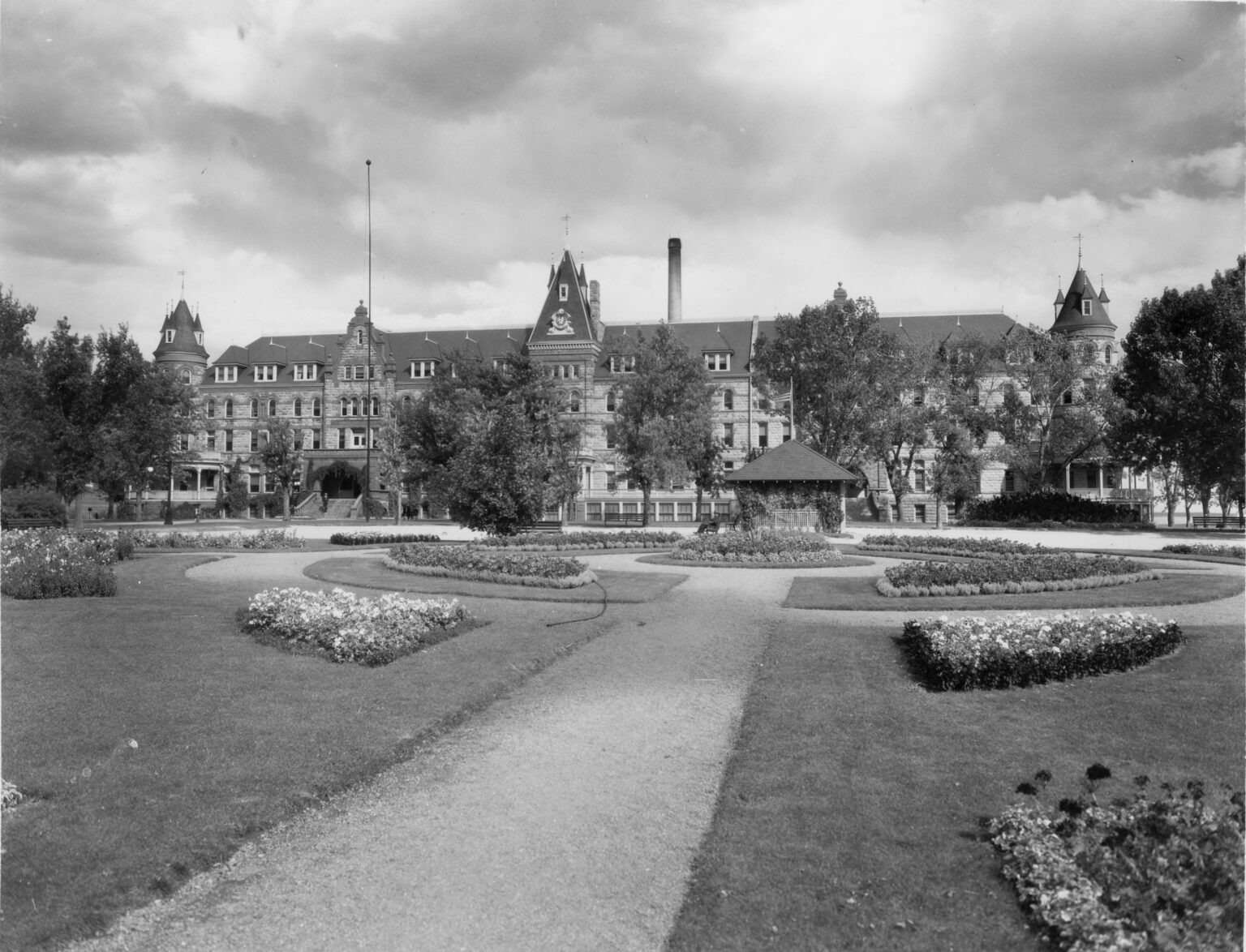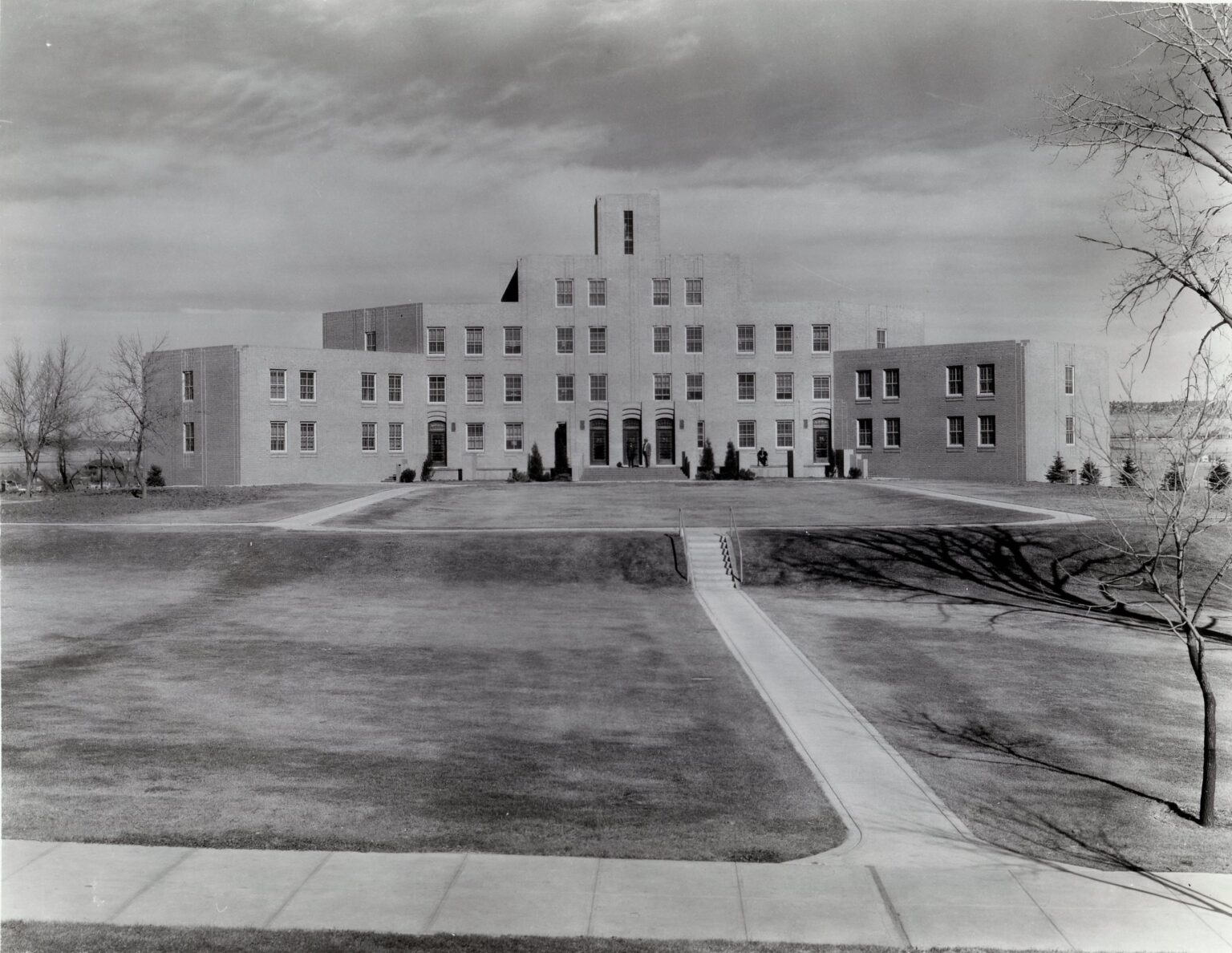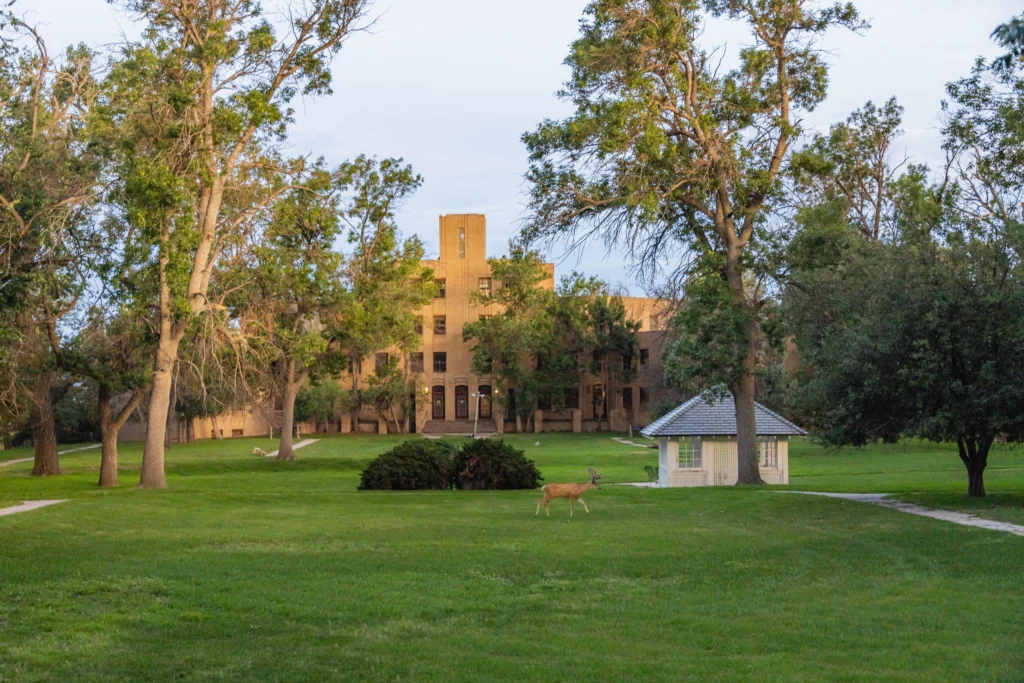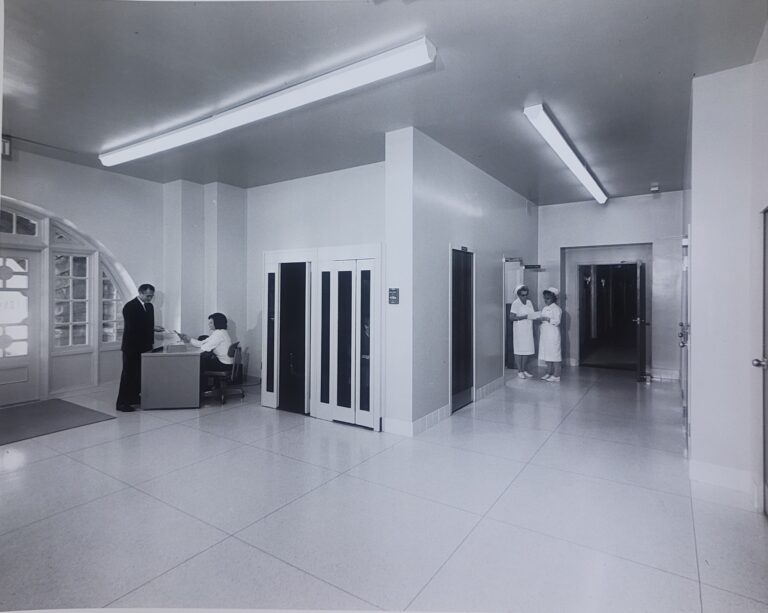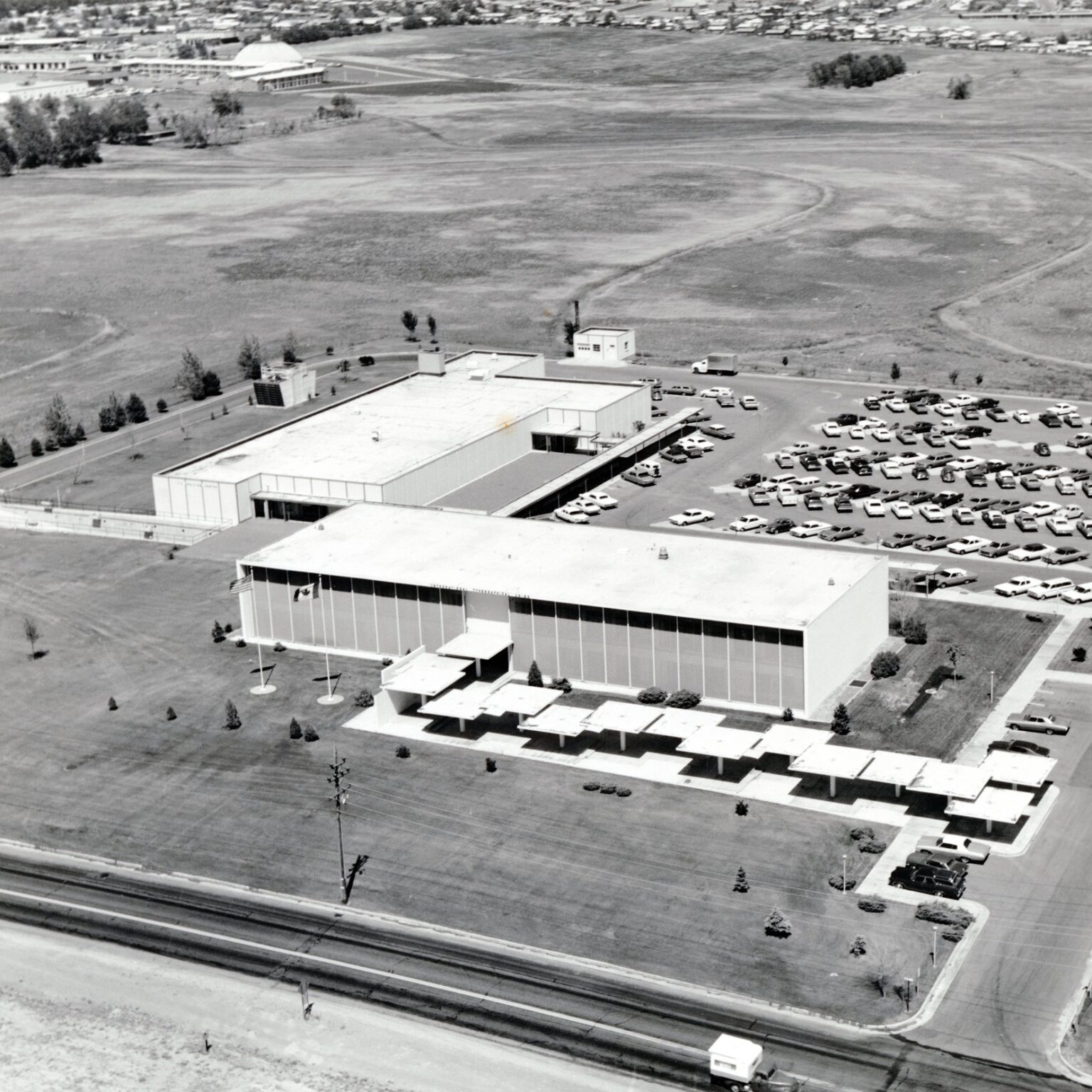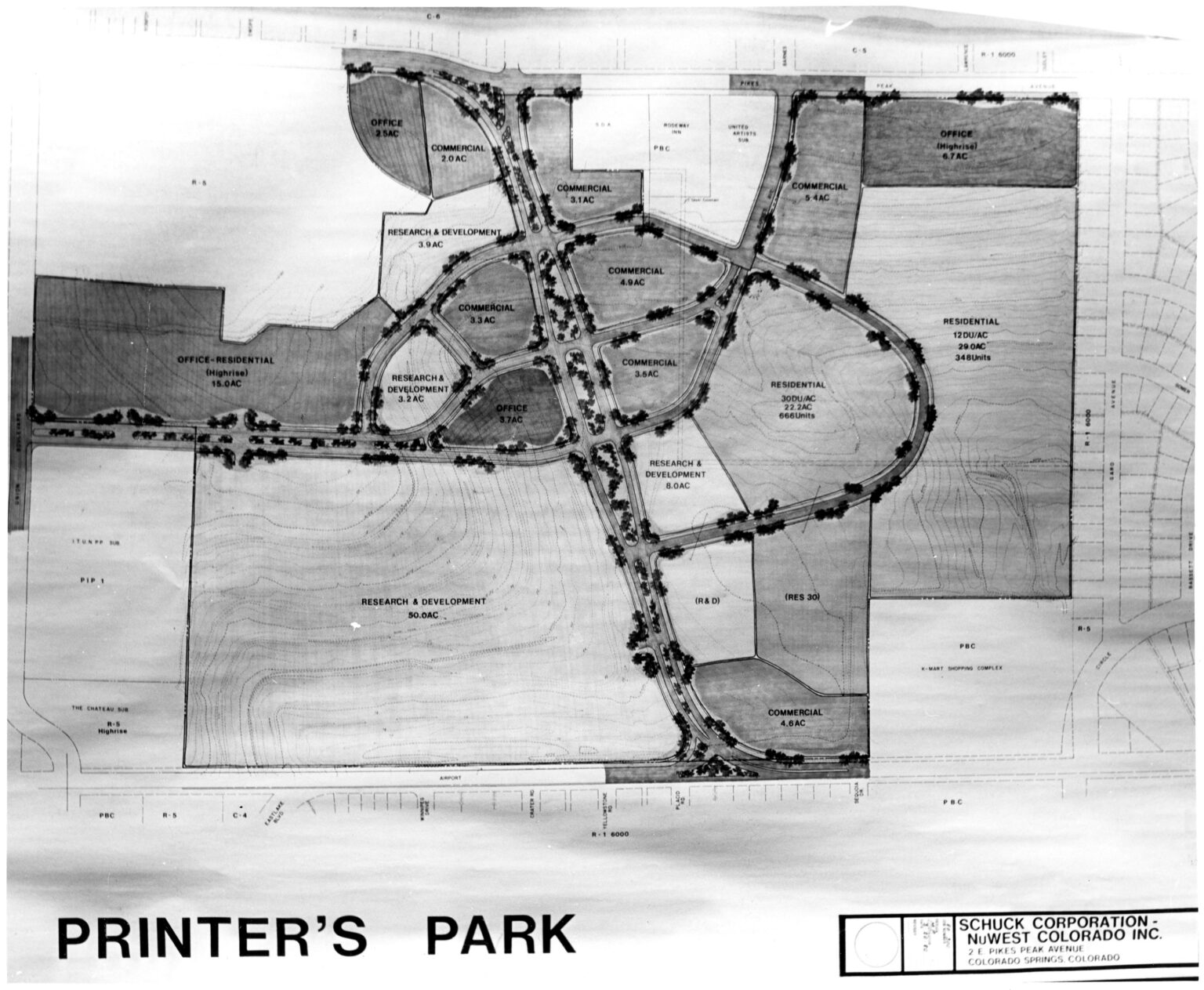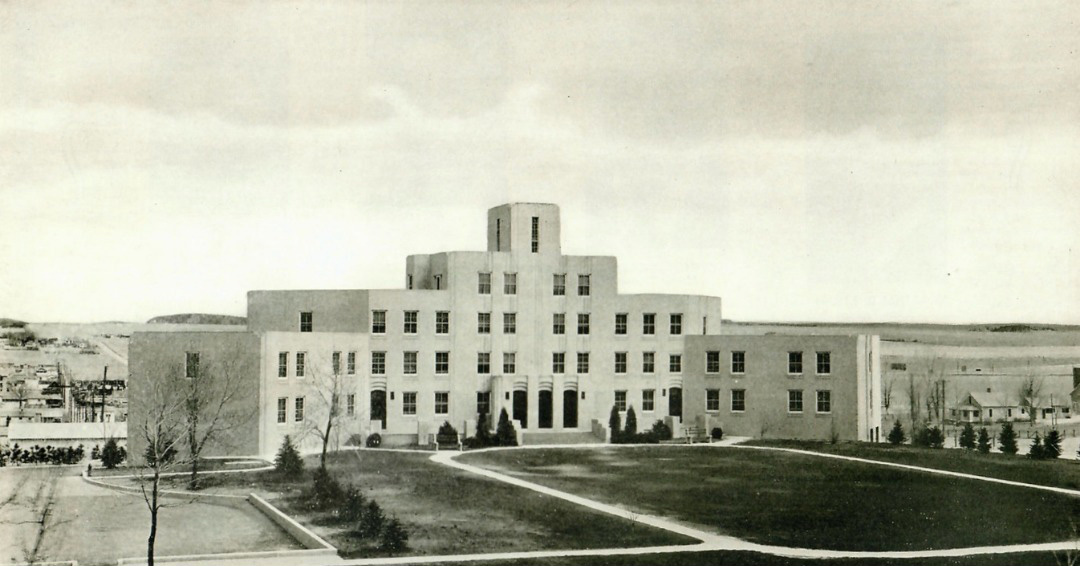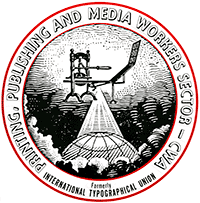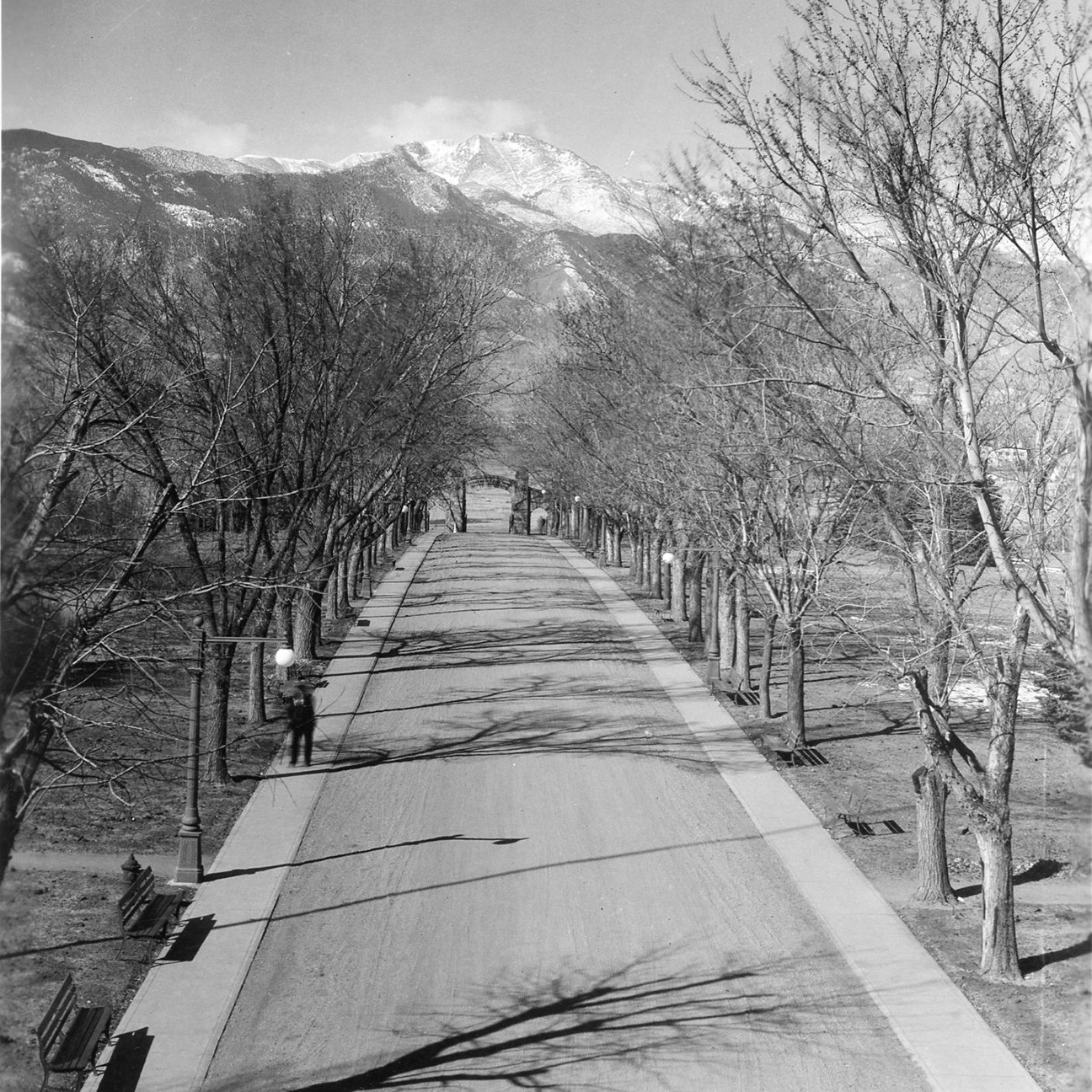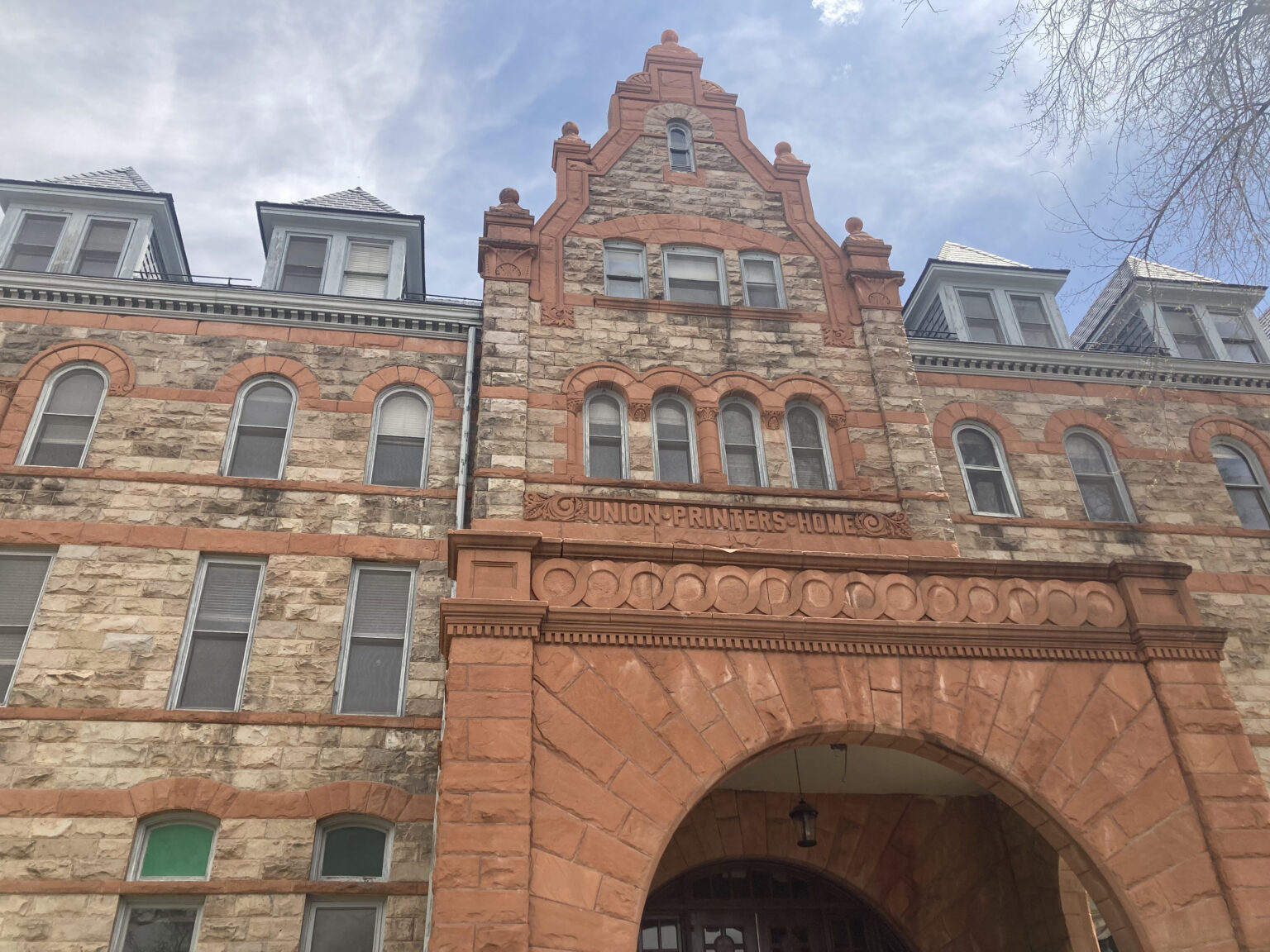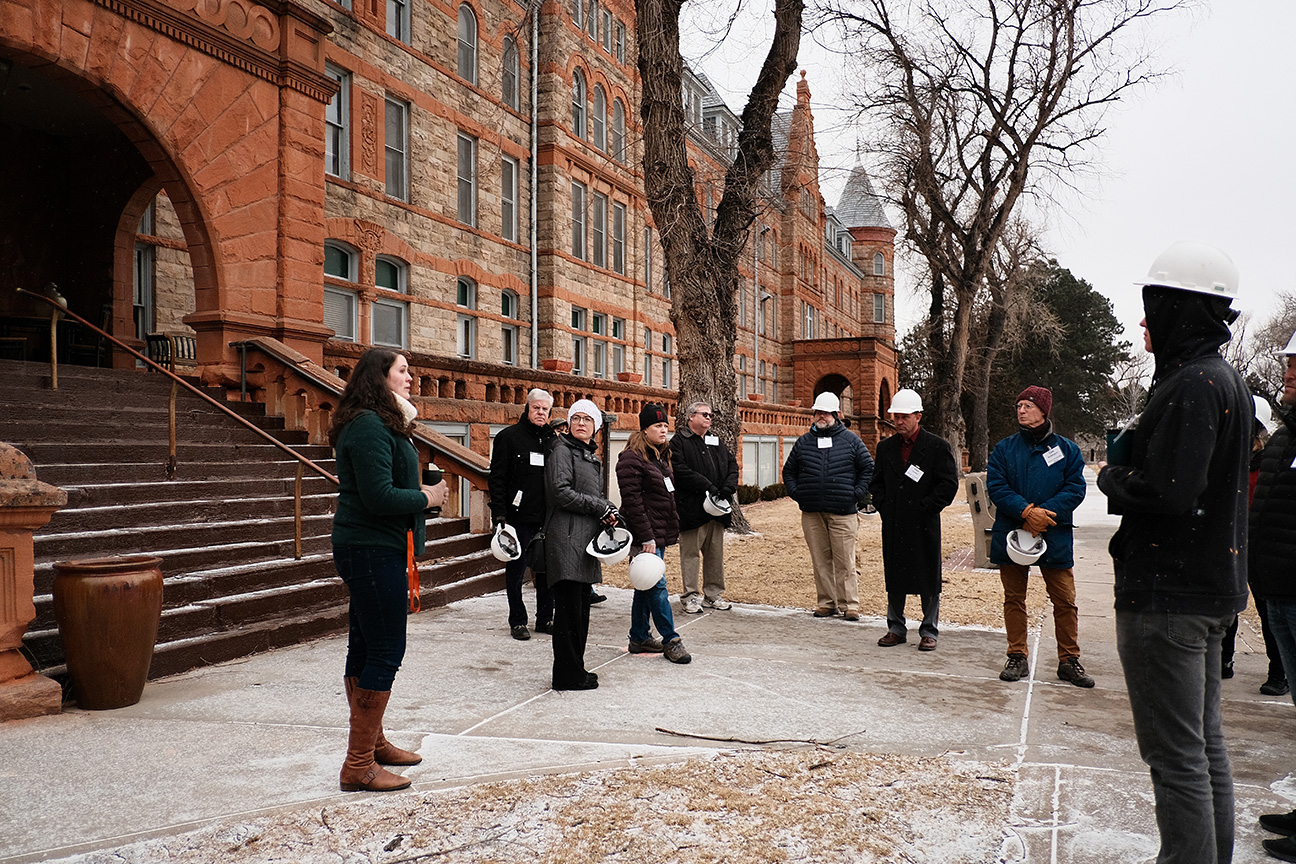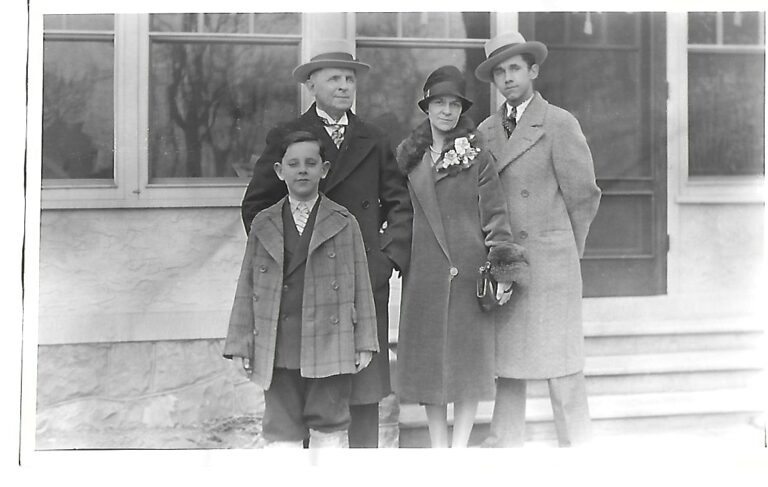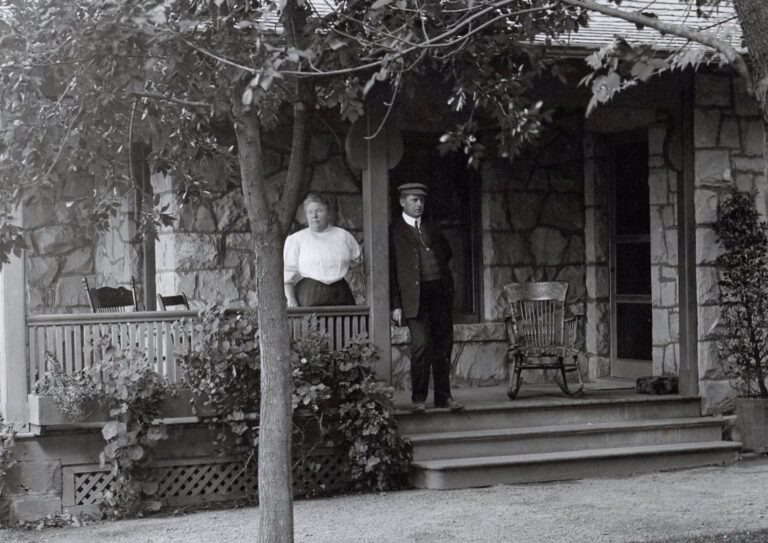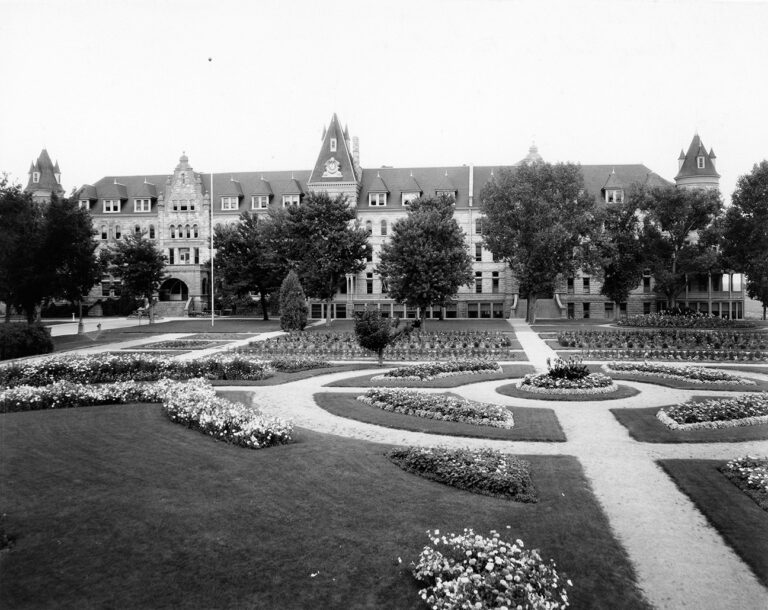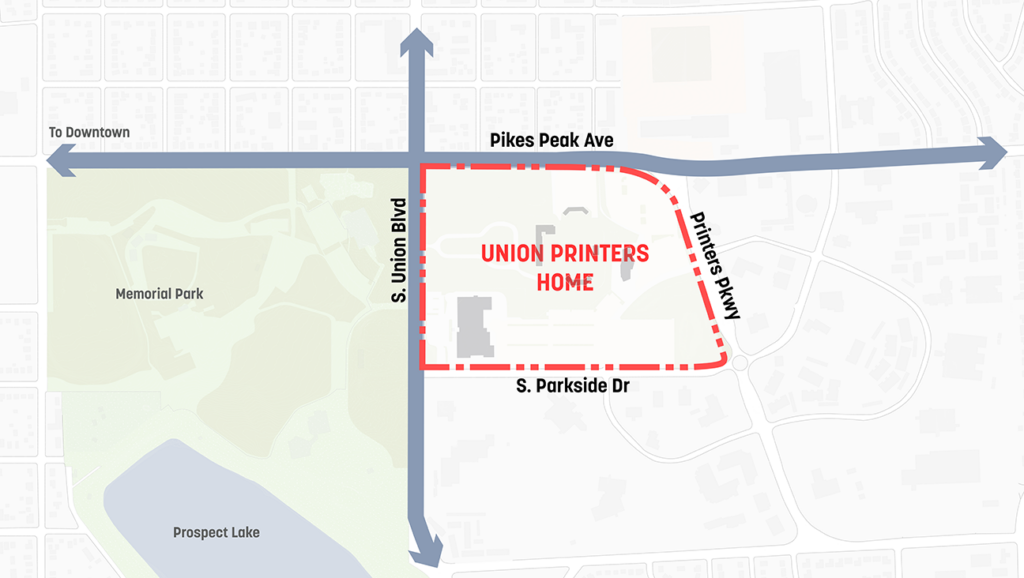The History of
Union Printers Home
In 1889, the International Typographical Union (ITU) received 80 acres of land east of Colorado Springs to establish a facility for the care of its aged and infirm union members. The Union Printers Home was created as a site for rest and respite and for treatment of various ailments, including tuberculosis and “Printer’s Lung,” a form of black lung caused by the conditions of their work environments. Since its dedication in 1892, the campus grew and changed significantly, and the Home treated or housed roughly 40,000 people. The site declined along with the printing trade and the union in its later years, and in the 1980s, the ITU merged with the Communications Workers of America. It was sold to a private nursing home group in 2014 and closed permanently in 2020.
UPH Partners, who purchased the property in 2021, are only the fourth ownership group in the more than 130-year history of the Home to be stewards of this place and its legacy.
History
Articles & News
A Brief History of
Union Printers Home
